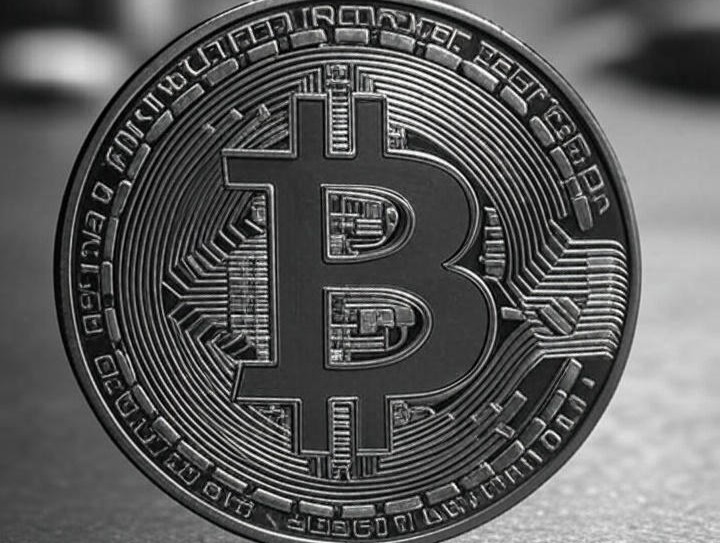
The success of Michael Saylor can be summed up in his ability to understand what the market values and to build around that, in other words, he’s somebody who builds his business on the innovation premium. Throughout history, innovation has paid a premium because for the most part since the wheel we have understood innovation to mean efficiency and we understand efficiency to result in increased levels of productivity or convenience. Better for our wallets and delivering greater convenience to our lives is the crux of it. The innovation premium is well observed: new ways of doing things improve delivery or save time, which makes a product more valuable.
The Innovation Clock
Innovation is either inherently less valuable or more risky depending on where the clock face lies. Innovation is driven by direct adoption or ideological adoption. Widespread adoption creates disruption, which leads to a premium being associated with the widely innovative solution. This is what we call the “innovation premium”. It’s useful to understand the shifting of sands that takes place when the innovation clock strikes twelve. The most stark and honest representation of Bitcoin’s shifting sands and an example of the broader innovation premium can be gleaned through quotes by Larry Fink, CEO of BlackRock:
2017
“Bitcoin just shows you how much demand for money laundering there is in the world.” — Larry Fink, CEO of BlackRock
2024
“An asset class in and of itself… If you’re frightened about debasement or local political instability, you have an international instrument called Bitcoin to overcome those fears. We could see $500K, $600K, $700K per BTC.” — Larry Fink, CEO of BlackRock
The Innovation Cloak
So what changed? You could argue national debt, but national debt has been on a steep upward curve for longer than the past 7 years, and a Wall Street titan like Larry would know that. The simple answer is consumer adoption takes off and leads market demand. This, coupled with institutional capital and the super-rich, led Bitcoin to become something that can no longer be ignored, for it represented something more profound: a decentralised monetary system.
Ideologies outlive people, hence the founder of Bitcoin choosing to launch it anonymously, for people can be slandered and demonised but ideas are easily coalesced about without judgment nor fear. Those are the freedoms we fought for and won in World War II.
Of course, well-established financial services players don’t want innovation happening too fast because they need to play catch-up, and that decreases their competitive edge, losing them clients and confidence. So perhaps Larry and others acted out of fear for their empires and their shareholders. It comes back to the old adage but with a slight twist: “Sell a man a fish and you can set up a fish store”, “teach a man to fish and you lose the illusion of value.” Financial literacy isn’t in BlackRock’s interests, and decentralised, democratised monetary systems giving unfettered access to the man on the street through a phone and an internet connection, bypassing the banks, also isn’t in the interest of the institution.
The Innovation Uptick
So let’s get to the crux of this article: it’s all around that innovation/disruption uptick that increases demand and pushes up price share. This isn’t unique to Bitcoin; it’s a cycle that we’ve seen played out many times before and is deeply interwoven with human psychology and overarching societal needs:
- The Dotcom Boom – The Dotcom boom in the early 90s saw valuations of tech companies skyrocket and quadruple overnight. Tech was the next big thing, and investors wanted a piece of the “microchip pie,” even if it was going to cost them a premium to get in on the ground floor. Michael Saylor, a savvy tech entrepreneur who knows the innovation premium well, seized this opportunity immediately, supercharging his net worth into billions. He would later lose said billions, and you can read more about that in our MicroStrategy thought piece here. I digress, I hear you screaming at the screen, “How does any of this relate to Bitcoin, Jonathan!”
- The Decentralised Boom – Like the Dotcom boom, the decentralised boom is marked by the same innovation hype, and markets favour the next big thing. So whilst tech companies benefited from the innovation premium, now so might businesses with Bitcoin on their books with MicroStrategy trading at a premium and less well known firms like Metaplanet, a Japanese investment firm that’s not exactly a household name but is making waves in the Bitcoin game. In 2024, they started piling into Bitcoin, holding 639.5 BTC by mid-2024, worth about £40 million. Their stock price jumped 500% from May to December 2024 hence the race to establishing a Bitcoin treasury to prepare for the innovation premium of tomorrow.
